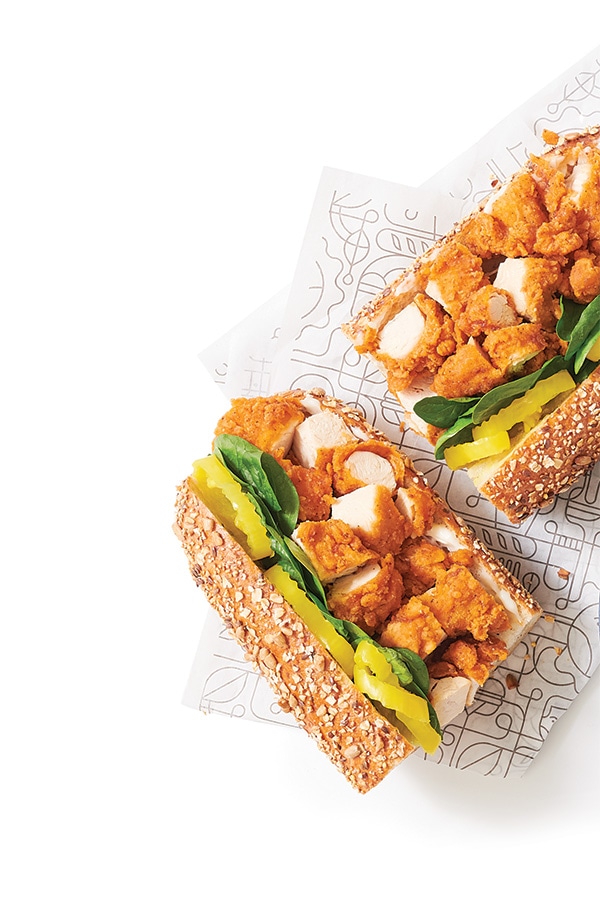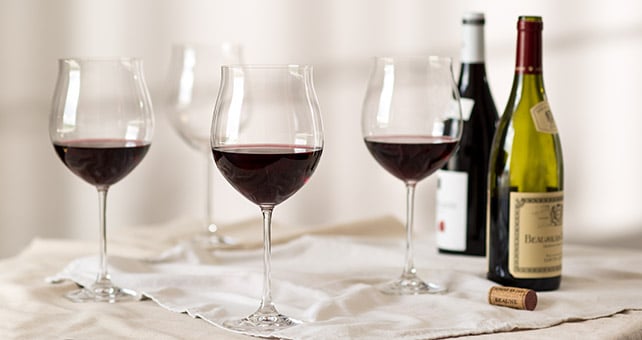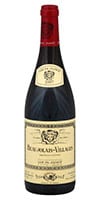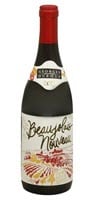On the third Thursday of November, wine lovers in France and across the world celebrate the arrival of a light, unpretentious, delicious red wine called beaujolais (boh-jhoe-lay) nouveau. Why? Because beaujolais nouveau is the first taste of the vintage, released just weeks after the harvest with no time spent aging in barrel or bottle. Here's what to know about this versatile vin de France.
Beaujolais is a region, not a grape
Located just south of Burgundy in eastern France, the Beaujolais region grows the Gamay grape exclusively. The Gamay grape is a thin-skinned, low-tannin variety that provides tart red fruit flavors in the glass like cranberry and cherry. That variety, region, and winemaking style are so unique that the wines take the name of the place from which they're grown, just like Champagne.
Nouveau vs. non-nouveau
All Beaujolais wines fall into one of two categories: beaujolais nouveau (translated to “new” beaujolais), released each November after fermentation, and “non-nouveau,” released on a timeline more standard for red wines. In beaujolais nouveau wines, little aging time translates to all primary flavors, light texture, and little tannin. They are meant to be enjoyed within a few months, though the reality is that many of the bottles are emptied by the third Friday in November.
By contrast, non-nouveau beaujolais wines show firm structure and more secondary flavors of red fruit, earth, and spice, as a result of the several months spent aging before and after bottling. These can age for years on end, though they too cater well to instant gratification.
Fermentation without oxygenation
Both nouveau and non-nouveau beaujolais wines are almost always fermented with some level of carbonic maceration. In this fermentation method, grapes are delivered into a carbon dioxide-filled fermentation vessel while still in whole clusters. With no oxygen available, fermentation occurs anaerobically within each individual grape and produces a unique set of flavors, most notably banana and bubblegum.
To pair. Beaujolais wines are some of the most versatile when it comes to food pairings. The red fruit flavors complement stews and grilled meats, but beaujolais' energetic acidity thrives with lighter, summery dishes and even seafood, too. Try a spicy ahi tuna, grilled chicken, or aged hard cheese. Tip: Beaujolais should be served slightly cooler than a typical red wine, about 55°F or just below room temperature.
Three Beaujolais Wines to Try
L Jadot Beaujolais Villages (Non-nouveau):
Richly textured without sacrificing the grape’s signature acidity, featuring bright red berry notes.
Georges DuBoeuf Beaujolais Village (Non-nouveau):
Fine tannins and a silky texture pair well with the wine’s bright acidity; raspberry and blackberry aromas carry through the palate.
Georges DuBoeuf Beaujolais Nouveau:
Carefree and energetic, with bright red fruits and hints of bubblegum and banana notes; drink while very young, within six months of its release.
Publix promotes responsible drinking and supports efforts to fight alcohol abuse and underage drinking. Please visit the Foundation for Advancing Alcohol Responsibility at www.responsibility.org for more information.







